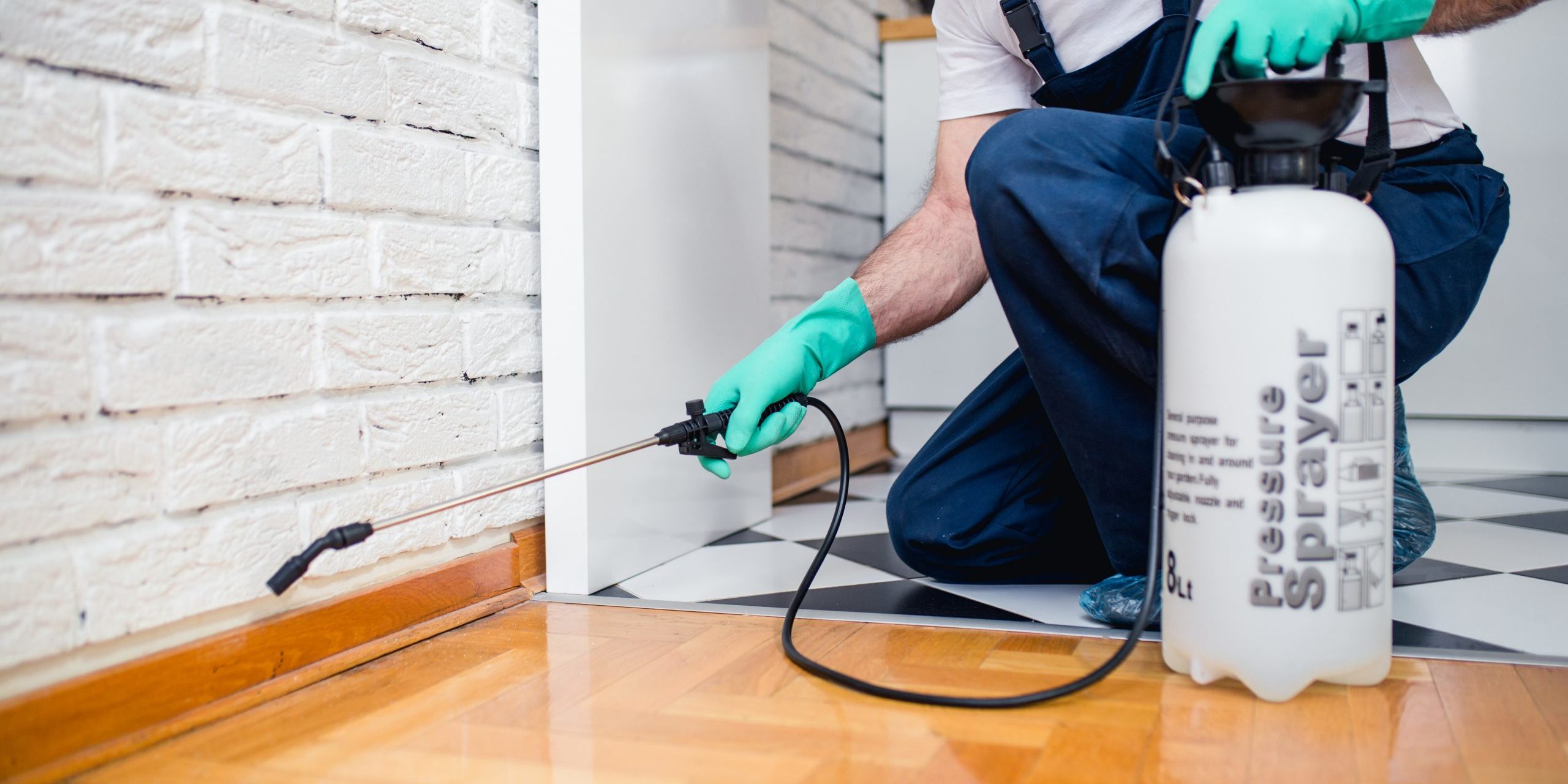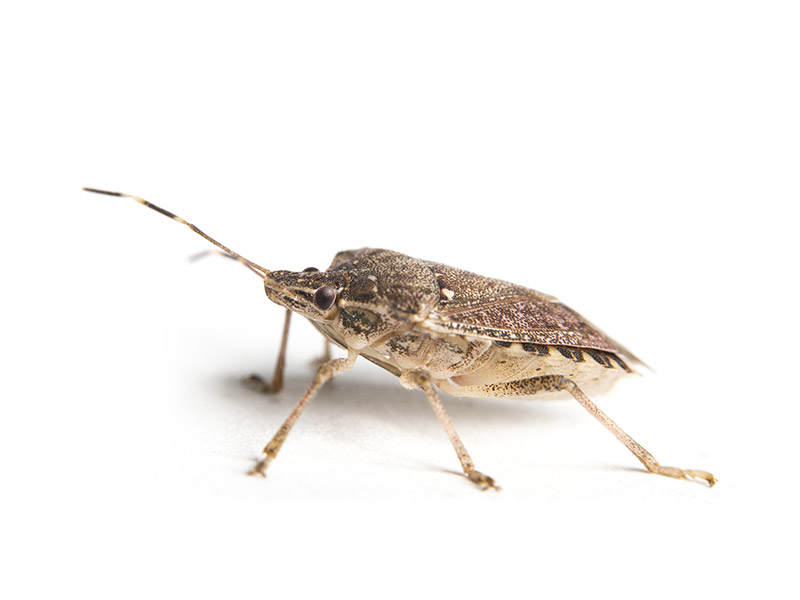Expert Pest Control for complete pest management pest-free through every season.
Expert Pest Control for complete pest management pest-free through every season.
Blog Article
Eco-Friendly Bug Control Approaches for Managing Wild Animals in Urban Areas
Urban areas typically find themselves at the intersection of human task and wildlife, leading to distinct difficulties in bug management. Green approaches highlight sustainable coexistence, employing strategies such as habitat modification and natural repellents to minimize human-wildlife disputes. These approaches not just shield the setting but likewise enhance community engagement in wildlife administration. As urban populations proceed to expand, recognizing the characteristics of wild animals communications comes to be increasingly important. What ingenious techniques can be executed to ensure both eco-friendly equilibrium and city safety and security? Discovering this concern reveals a compelling landscape of possible remedies.
Recognizing Urban Wild Animals Dynamics
Understanding Urban Wild animals Dynamics is necessary for developing efficient and environmentally friendly parasite control approaches. Urban locations are significantly ending up being habitats for numerous wild animals types, driven by aspects such as habitat fragmentation, food schedule, and human advancement. Identifying these dynamics permits for a nuanced method to pest management that straightens with eco-friendly concepts.
Urban wildlife often consists of types such as raccoons, squirrels, and birds, which adjust to city environments, finding specific niches in environment-friendly spaces, parks, and even household areas. Their presence can bring about disputes with people, particularly when they exploit human sources for food and shelter. Recognizing the behaviors and ecological duties of these species educates methods that decrease unfavorable interactions while promoting biodiversity.
Moreover, acknowledging the interdependencies within urban ecological communities helps in identifying important areas for environment conservation and remediation. This understanding contributes to the advancement of incorporated insect monitoring (IPM) methods that think about the environmental equilibrium, consequently lowering dependence on unsafe chemicals. By fostering coexistence in between humans and urban wild animals, cities can produce much healthier settings that profit both residents and local environments, leading the way for lasting urban living.
All-natural Repellents and Deterrents
Natural repellents and deterrents supply a lasting choice to traditional pest control methods by using the power of nature to maintain unwanted varieties away. These eco-friendly remedies normally utilize plant-based components, important oils, and other naturally taking place materials that discourage pests without hurting the atmosphere.
One effective natural repellent is peppermint oil, which is recognized to fend off rats and insects. Its strong fragrance is unpleasant to numerous bugs, making it a preferred selection for city settings. Similarly, vinegar and citrus peels can serve as deterrents, as their strong odors are normally uninviting to various wildlife.
Additionally, diatomaceous earth is a natural powder that can be spread in locations vulnerable to parasite task, efficiently dehydrating and deterring pests without positioning dangers to non-target species. Garlic sprays and neem oil are acknowledged for their capacity to fend off a vast variety of parasites, consisting of both bugs and larger wild animals.
Implementing these all-natural repellents not just decreases dependence on chemical pesticides but also promotes a healthier urban ecosystem, fostering an extra well balanced conjunction between humans and wildlife. By utilizing these methods, urban locations can properly handle insect populaces while lessening environmental influence.
Habitat Adjustment Strategies
Reliable environment modification methods play an essential role in sustainable pest administration by changing the atmosphere to make it less for pest problems. By understanding the ecological characteristics of metropolitan areas, residential property proprietors can carry out calculated alterations that deter pests while advertising biodiversity.
(Bat Removal)One primary technique involves preserving appropriate hygiene. This includes routine waste elimination, securing trash containers, and removing standing water to decrease reproducing websites for pests and rodents. Additionally, landscaping methods such as picking native plants can improve eco-friendly equilibrium, offering habitats for valuable microorganisms while reducing resources for bugs.
Another essential strategy is to secure access factors in buildings. Checking and repairing cracks in foundations, wall surfaces, and home windows can dramatically lower bug gain access to. Moreover, producing physical barriers, such as fencings or plant buffers, can inhibit wildlife activity right into human-inhabited areas.
Integrated Insect Monitoring Practices
Structure upon habitat modification strategies, incorporated insect management (IPM) techniques provide an all natural strategy to managing bug populations while lessening environmental impact. IPM incorporates different strategies, consisting of organic, cultural, mechanical, and chemical controls, to achieve reliable insect management.
Biological control entails the introduction of all-natural killers or go to this website bloodsuckers to decrease parasite populations. Social practices, such as plant turning and sanitation, disrupt pest life cycles and lessen their habitats - Pest control service. Mechanical controls, like traps and obstacles, supply instant remedy for parasite stress without chemical treatment
Chemical controls are utilized as a last hope, concentrating on targeted applications that limit injury to non-target species and the atmosphere. The choice of environmentally friendly chemicals, when necessary, is essential to the IPM structure. Additionally, monitoring insect populaces and assessing prospective damages helps notify decision-making, ensuring that interventions are timely and effective.
Area Participation and Education And Learning

(Wildlife removal Port Charlotte)Workshops and informative sessions can furnish citizens with knowledge regarding indigenous types, habitat conservation, and efficient safe pest management methods. Cooperation with schools, neighborhood companies, and government companies additionally boosts educational outreach, making sure that important info gets to diverse target markets.
Furthermore, community-led initiatives, such as community clean-up days and environment restoration projects, not only promote biodiversity however likewise enhance community connections. Pest control service. By urging homeowners to share their experiences and monitorings, areas can create targeted strategies that address specific regional bug problems
Integrating comments from locals into insect monitoring plans makes it possible for an extra receptive and adaptive method to wildlife challenges. Eventually, notified and engaged communities are key to attaining long-lasting success in eco-friendly pest control, resulting in healthier metropolitan environments that value both human and eco-friendly demands.

Final Thought
In final thought, environmentally friendly bug control comes close to deal lasting remedies for taking care of urban wildlife. By focusing on habitat modification, using natural repellents, and carrying out incorporated bug monitoring methods, communities can cultivate a harmonious conjunction with local animals.
Report this page